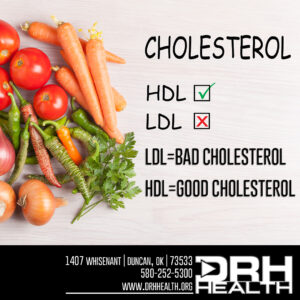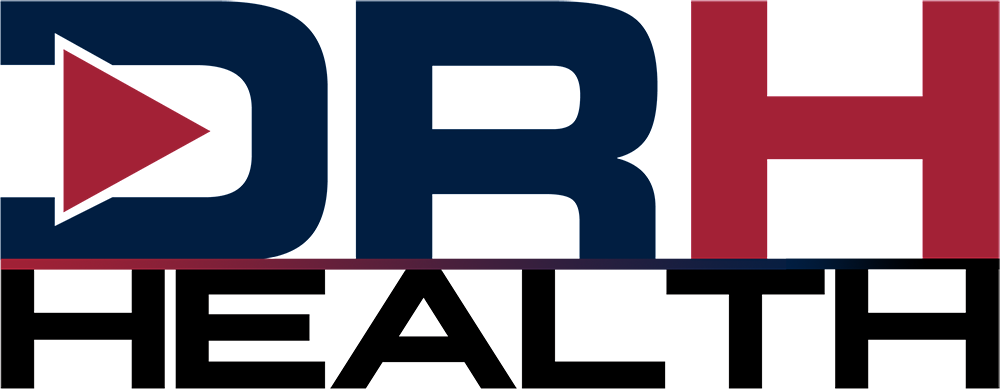Good vs. Bad Cholesterol
Trans fat raises your low-density lipoprotein or LDL (“bad”) cholesterol and lowers your high-density lipoprotein or HDL (“good”) cholesterol. This “bad” cholesterol can clog and harden your arteries, which can lead to a higher risk of blood clots, heart attack, or stroke.
WHAT IS TRANSFAT?
Most trans fats develop through an industrial process that adds hydrogen to vegetable oil, which causes the oil to become solid at room temperature. This oil is less likely to spoil, so foods made with it have a longer shelf life. The FDA banned products containing these oils in the US in 2015, but some foods may still contain a small amount.
What foods may contain trans fats?
- Crackers, cookies, cakes, and other baked goods
- Snack foods (microwave popcorn)

- Frozen pizza
- Fast-food
- Coffee creamer
- Ready-to-use frostings
It is always a good idea to read the nutrition fact panel on these items. Even if the label says 0 grams of trans fat, there may still be up to half a gram per serving. Next, read the ingredient list to see if it lists “Partially Hydrogenated Oils.”
How do you eliminate trans fats from your diet?
- Add color to your plate. Include fruits and vegetables in every meal.
- Limit the number of processed foods you consume. It is okay to have a small serving from time to time.
- Not all processed foods have trans fats – read the labels.
- Instead of using stick margarine or vegetable shortening, try olive, canola, or sunflower oil when baking.
- Limit fried foods. Choose foods that are baked, steamed, broiled, or grilled.
It is not easy to change your diet overnight. Start by eliminating one source of trans fat from your diet. If you have questions about your heart health, talk with your primary care provider.
Amber Hill, APRN-CNP
Ryan Family Care
